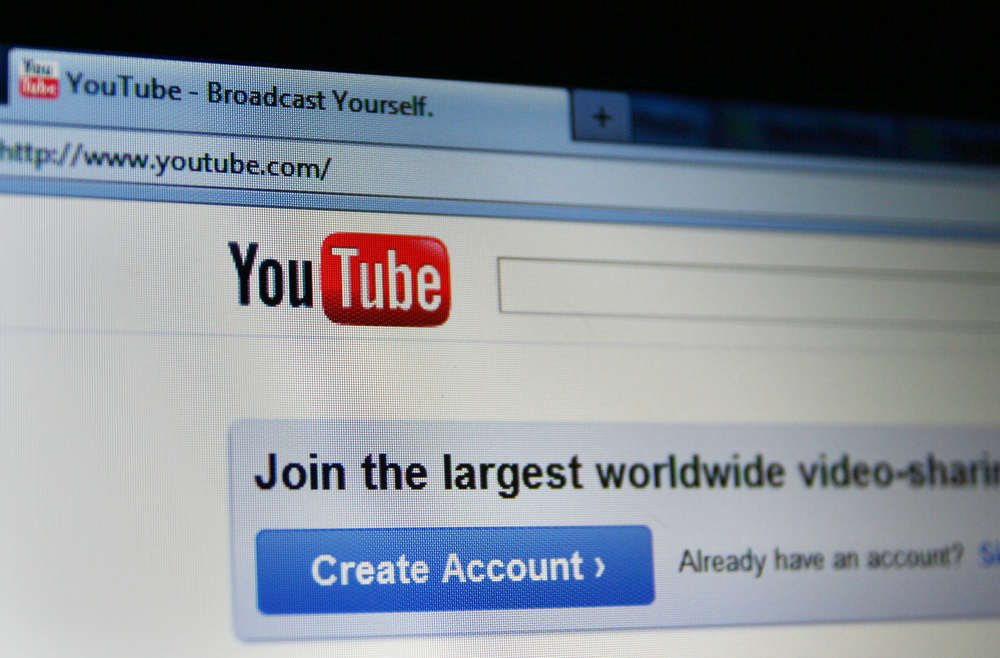For YouTube, it’s out with the old and in with the new. In a post for the Official YouTube Partners & Creators blog, the video sharing channel announced it’s doing away with video responses on September 12, 2013. This feature allows viewers engage video publishers on the network by commenting on clips. Brands might see the news as a closing opportunities to foster audience conversations with viewers – but this is a sign they need to revisit their video engagement strategies.
According to the post, video responses actually receive very little traffic. Clickthrough rates hover around 0.0004 percent, and the Creators team thinks it can create a feature that receives traffic from more than four out of every 1 million visitors.
Still, those devoted to their Channels can rest assured: YouTube promises to replace the feature with a new-and-improved function that better sparks interaction.
Before video responses are retired, marketers still have the opportunity to solicit engagement this way (if their Channels receive any submissions). However, it’s wise to offer a new outlet for interaction in advance of the change.
Some brands find it’s successful to continue the conversation by way of complementary videos in a series. KitchenAid, for example, develops video content for a highly segmented audience of affluent women who enjoy cooking. Through multiple clips, the brand teaches viewers how to prepare new recipes. If marketers sync up their social media efforts as well, they can invite customers to carry out conversations onto their favorite platforms as they Tweet, Post of Pin their culinary results.
The digital marketplace is continually changing, and companies cannot expect their favorite tools and functions to be permanent fixtures. This is a good reminder YouTube alone is not a video strategy and, marketers must be agile and creative to keep prospects engaged as they are moved through the sales funnel.





